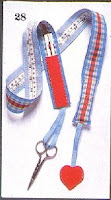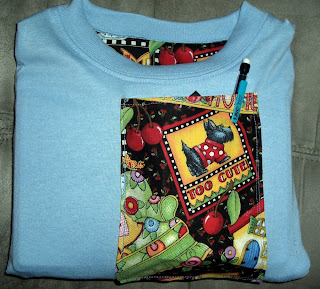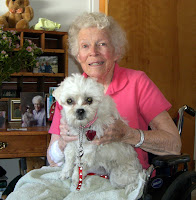GardenGuides says:
The common types of mint are peppermint, pennyroyal, crinkle-leafed spearmint, spearmint, and applemint. Never eat pennyroyal, as it is toxic.Well, given that information, why does my spearmint still prosper in soil that is not rich and is virtually unshaded?Mint is a perennial herb that is propagated by root division or rooting cuttings in water. The plant is invasive and should be grown in pots or in lengths of plastic pipe buried in the ground. It enjoys a damp location, shaded from strong afternoon sun, and rich soil. Pennyroyal is an attractive addition to hanging baskets. Mint planted outdoors should be mulched heavily to protect against frost.
The good thing about having all that green herb is that it smells tangy, and it tastes great in iced tea. And it is a key ingredient in a delicious main dish recipe which requires copious amounts of mint.
"Thai Beef-Mint Salad" recipe is from a book authored by Harry Kaiserian, a fellow traveler on a trip to Italy in 2001. He and his wife are from Maine and are excellent chefs. His book is entitled "The Best of K's Kwisine," published in 2001 by Penobscot Books, Stonington, ME.
This recipe can be made as "bar food" or as a main dish, which is light and filling during hot summer days. It is also nutritious and flavorful. The following page was copied from page 63 of Kaiserian's cookbook: 
Hint: I make enough rice powder to be used for several recipes (stirring up about 1/2 cup at a time.) Also remember to buy large leaf lettuce, wash and dry before filling with this meat mixture.
 And here is a picture of iced tea and mint I am currently enjoying. See the mint in the background?..wish you were here!
And here is a picture of iced tea and mint I am currently enjoying. See the mint in the background?..wish you were here!

















 I enjoyed creating this jewelry last year, using beading and weaving techniques. Each jewelry item took me about a week to make, weaving and beading sporadically (who knows how many hours?).
I enjoyed creating this jewelry last year, using beading and weaving techniques. Each jewelry item took me about a week to make, weaving and beading sporadically (who knows how many hours?).







